Rising Incidence of Chronic Diseases
The prevalence of chronic diseases such as diabetes, cardiovascular disorders, and respiratory illnesses is on the rise, which is significantly impacting the Arterial Blood Collection Devices Market. As these conditions often require regular monitoring of blood parameters, the demand for arterial blood collection devices is expected to increase correspondingly. According to recent health statistics, the number of individuals diagnosed with chronic diseases is projected to reach unprecedented levels, necessitating more frequent blood tests. This trend is likely to drive the market forward, as healthcare providers seek reliable and efficient devices to facilitate these tests. Consequently, the market may witness a substantial uptick in sales, as the need for accurate and timely blood analysis becomes more critical in managing chronic health conditions.
Regulatory Support and Standardization
The Arterial Blood Collection Devices Market is witnessing a favorable regulatory environment that supports innovation and standardization in blood collection practices. Regulatory bodies are increasingly focusing on establishing guidelines that ensure the safety and efficacy of medical devices, including those used for arterial blood collection. This regulatory support is likely to encourage manufacturers to invest in research and development, leading to the introduction of new and improved devices. Additionally, standardization of procedures and equipment can enhance the reliability of blood collection processes, thereby increasing trust among healthcare providers and patients alike. As a result, the market may experience accelerated growth as compliance with regulatory standards becomes a key factor in device selection and usage.
Growing Emphasis on Preventive Healthcare
The Arterial Blood Collection Devices Market is benefiting from a growing emphasis on preventive healthcare measures. As healthcare systems worldwide shift towards proactive management of health, the demand for routine blood tests is increasing. This trend is particularly evident in the rise of health screenings and wellness programs that encourage individuals to monitor their health status regularly. The increasing awareness of the importance of early detection of diseases is likely to propel the market for arterial blood collection devices. Moreover, healthcare providers are investing in training and resources to ensure that blood collection is performed safely and effectively, further driving the adoption of these devices. This shift towards preventive care is expected to contribute to a robust growth trajectory for the market in the coming years.
Increased Investment in Healthcare Infrastructure
The Arterial Blood Collection Devices Market is poised for growth due to increased investment in healthcare infrastructure across various regions. Governments and private entities are recognizing the need to enhance healthcare facilities, particularly in underserved areas. This investment often includes upgrading laboratory equipment and blood collection devices, which is essential for improving patient care. As healthcare systems expand and modernize, the demand for efficient and reliable arterial blood collection devices is likely to rise. Furthermore, the establishment of new healthcare facilities is expected to create additional opportunities for market players. This trend indicates a positive outlook for the arterial blood collection devices market, as enhanced infrastructure will facilitate better access to healthcare services and improve overall health outcomes.
Technological Innovations in Arterial Blood Collection Devices
The Arterial Blood Collection Devices Market is experiencing a surge in technological innovations that enhance the efficiency and safety of blood collection procedures. Advanced materials and designs are being developed to minimize patient discomfort and reduce the risk of complications. For instance, the introduction of safety-engineered devices has been shown to decrease needlestick injuries, which is a critical concern in healthcare settings. Furthermore, the integration of automation in blood collection processes is likely to streamline operations, thereby improving turnaround times for test results. As healthcare facilities increasingly adopt these advanced technologies, the market is projected to grow at a compound annual growth rate (CAGR) of approximately 6% over the next five years, reflecting the rising demand for safer and more efficient blood collection methods.
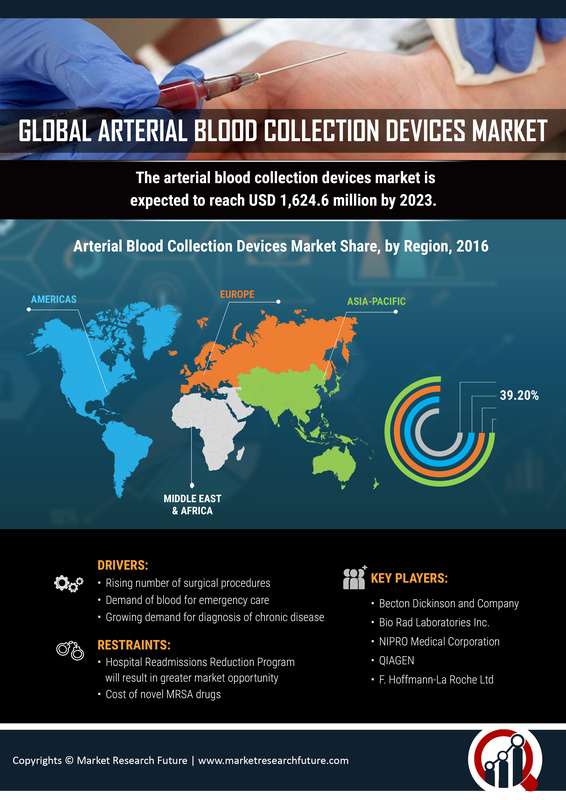

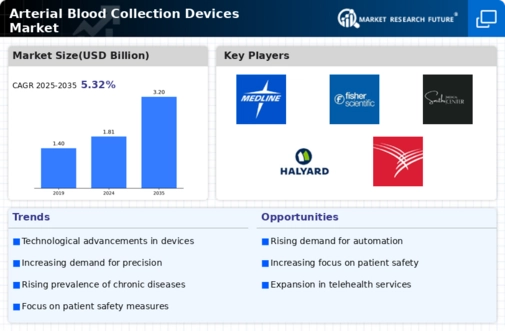
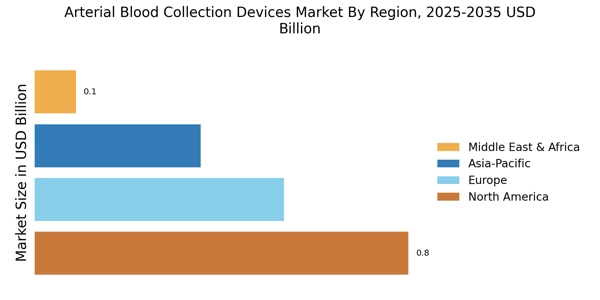
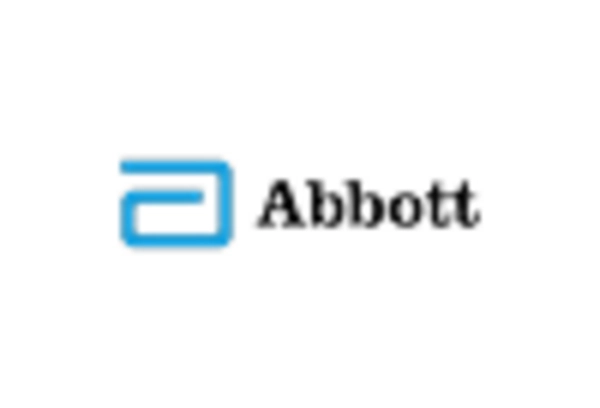
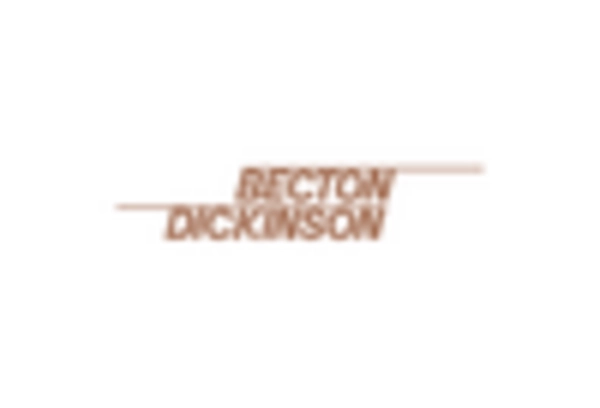
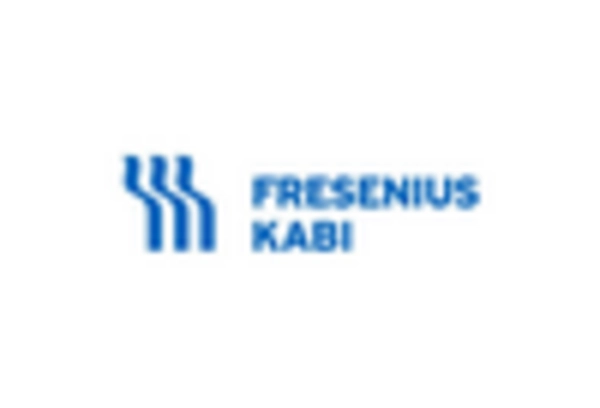
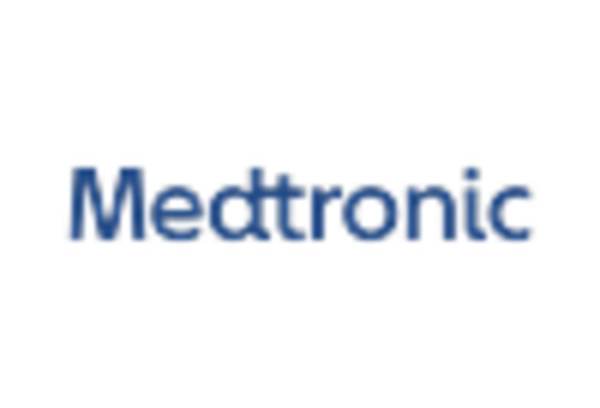
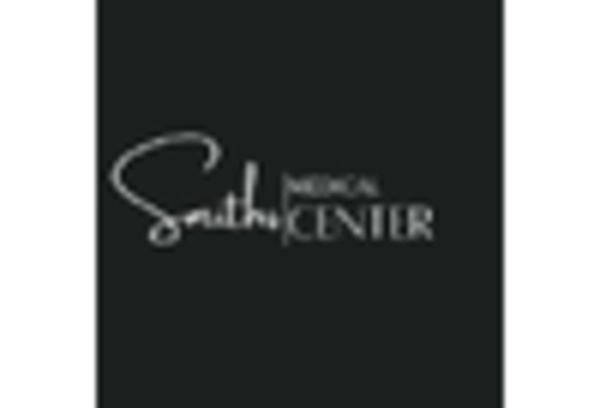
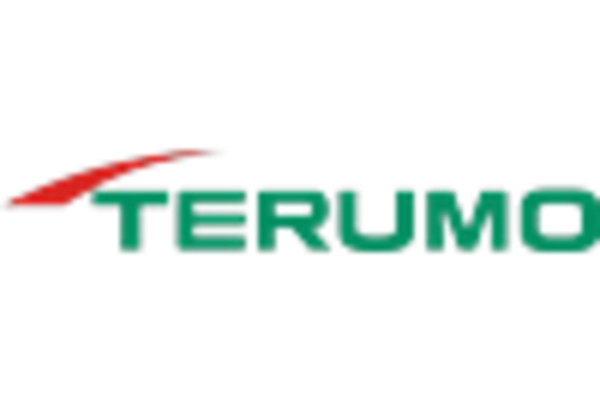








Leave a Comment